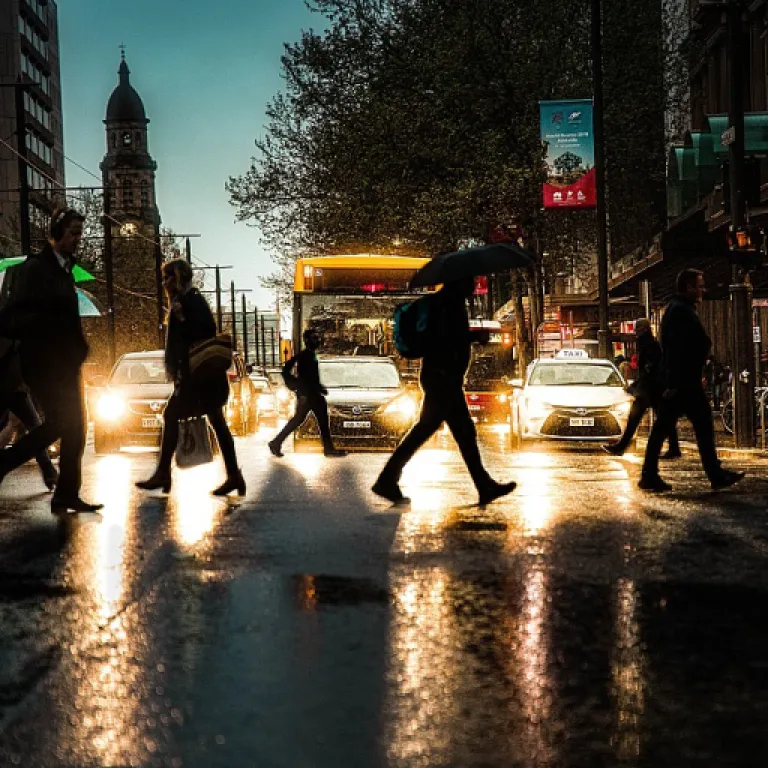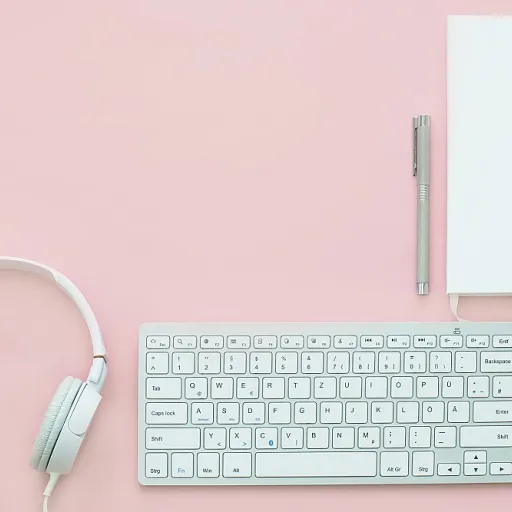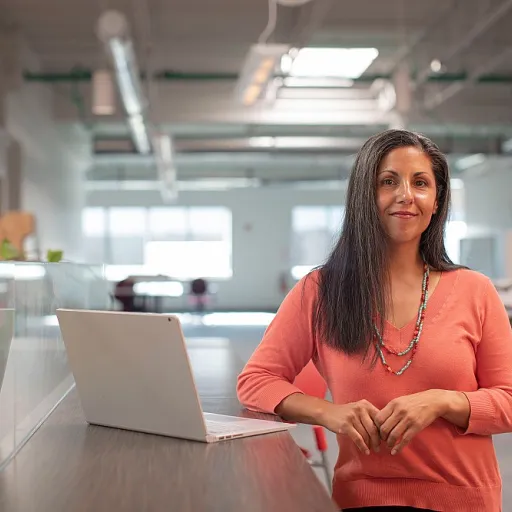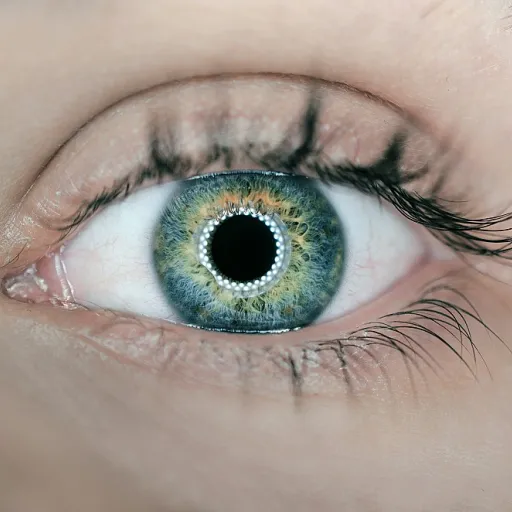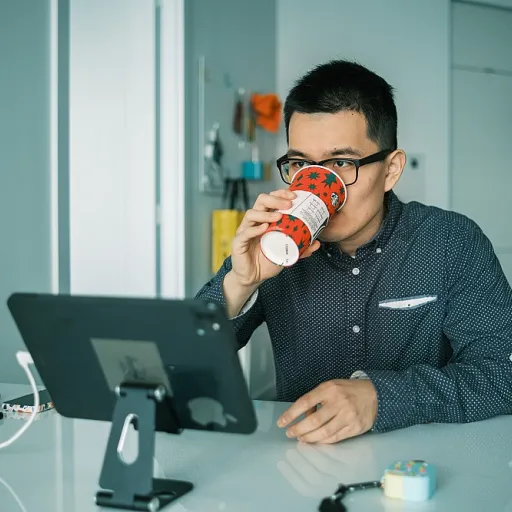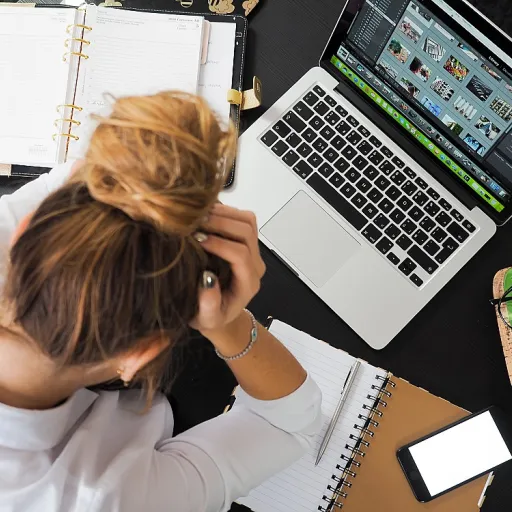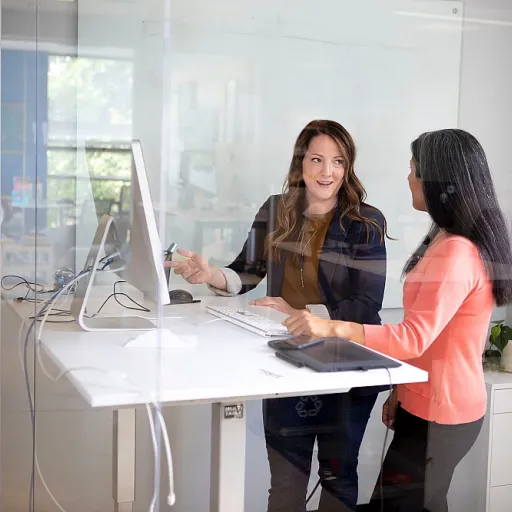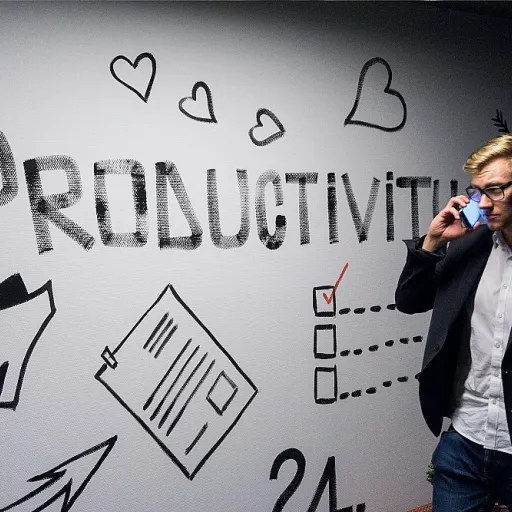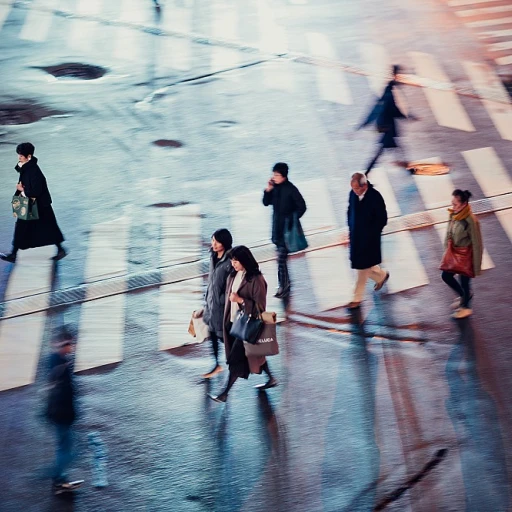
Understanding the importance of a secure room in the Arabian Emirate context
Why secure rooms matter for companies in the UAE
In the Arabian Emirate business environment, the need for a secure room goes far beyond simple protection. Companies face unique risks, from sensitive data storage to safeguarding valuable assets and ensuring the safety of staff during emergencies. Secure rooms, including safe rooms, panic rooms, and vault rooms, are not just a luxury—they are a necessity for peace of mind and business continuity.
These rooms provide a controlled environment where critical documents, IT systems, and essential supplies can be protected against forced entry, fire, or even natural disasters. The design and construction of a secure room must consider reinforced walls, bullet resistant materials, and advanced security systems. This is especially important in high-rise buildings or commercial complexes common in the UAE, where the stakes are high and the expectations for safety are even higher.
What makes a secure room essential in the UAE context?
- Protection against threats: Secure rooms are built to withstand forced entry, providing a safe haven during emergencies such as break-ins or civil unrest.
- Asset and data security: Many companies store sensitive information or valuable items that require a vault room or gun safe, equipped with vault doors and climate control to prevent damage.
- Compliance and peace of mind: With strict legal and cultural expectations, having a secure room ensures your company meets both local regulations and international best practices.
- Emergency preparedness: Panic rooms and safe rooms include backup power, emergency survival supplies, and communication systems to keep occupants safe until help arrives.
As companies in the UAE continue to grow and diversify, the demand for robust protection solutions increases. Secure rooms, when designed and constructed with the right materials and systems, offer a reliable layer of protection. For those looking to enhance their overall risk management and financial oversight, exploring outsourced controller services can further strengthen your company’s resilience and operational security.
Key features every secure room should have
Critical Elements for Maximum Protection
When designing a secure room in an Arabian Emirate company, the focus should be on robust protection and peace of mind. The right combination of features ensures that rooms provide safety against a range of threats, from forced entry to environmental hazards. Here are the key elements to consider:- Reinforced Walls and Doors: The construction of safe rooms and panic rooms must use reinforced materials such as steel, concrete, or composite panels. Bullet resistant walls and vault doors are essential for withstanding attacks and providing a secure barrier.
- High-Security Entry Systems: Secure rooms should be equipped with advanced locking mechanisms. Electronic access control, biometric systems, and mechanical backup locks help prevent unauthorized entry. Panic room doors must be designed to resist forced entry and tampering.
- Emergency Supplies and Survival Equipment: Every safe room or vault room should include essential supplies like water, food, first aid kits, and communication devices. Emergency lighting and ventilation systems are also critical for survival during extended lockdowns.
- Backup Power and Climate Control: Reliable backup power systems, such as generators or battery backups, ensure that security systems and climate control remain operational during outages. Maintaining a stable environment is vital for both occupant safety and the protection of sensitive materials.
- Specialized Storage: For companies handling valuables or sensitive documents, a gun safe or dedicated vault room can provide additional layers of security. These rooms are built with extra protection in mind, often featuring advanced alarm systems and fire-resistant construction.
Design and Construction Best Practices
The design construction of secure rooms should follow best practices tailored to the building’s layout and the company’s operational needs. Considerations include:- Integrating the secure room into the overall building design for discreet access and maximum protection
- Using materials and construction techniques that meet or exceed international security standards
- Ensuring that all rooms built for security purposes are regularly inspected and maintained
Why These Features Matter
Safe rooms and panic rooms are not just about physical barriers. They offer a sense of security and peace of mind for employees and management alike. By ensuring that your secure room is equipped with the right systems and materials, you create a safer environment that supports business continuity and emergency survival, even in the most challenging situations.Addressing cultural and legal considerations
Respecting Local Laws and Cultural Norms
When designing and constructing a secure room in the Arabian Emirate context, it is essential to align with both legal requirements and cultural expectations. The region has specific regulations regarding building security, emergency preparedness, and privacy, which directly impact how safe rooms, panic rooms, and vault rooms are built and maintained.
- Legal Compliance: Secure rooms must comply with local building codes, fire safety standards, and emergency exit requirements. For example, doors and walls should be reinforced with bullet resistant materials, and rooms should be equipped with emergency exits and backup power systems. It is also important to ensure that the design construction of these rooms includes climate control and essential supplies for emergency survival.
- Privacy and Discretion: In the Arabian Emirate, privacy is highly valued. Safe rooms and panic rooms should be designed to provide peace of mind without drawing unnecessary attention. This means using materials and construction methods that blend with the overall building design, while still offering maximum protection against forced entry.
- Cultural Sensitivity: The design of secure rooms should consider the cultural context, such as separate spaces for men and women if required, and the inclusion of prayer facilities or other culturally significant features. Rooms provide not just physical protection, but also a sense of security that aligns with local values.
- Security Systems: Advanced security systems, including surveillance, access control, and alarm integration, are often expected in high-standard safe rooms. These systems must be installed in accordance with local data protection laws and should not compromise the privacy of building occupants.
For office managers, understanding these cultural and legal considerations is key to ensuring that every secure room, whether it is a gun safe, panic room, or vault room, meets the highest standards. If you need guidance on managing secure access systems within your company, you can find practical advice in this resource on efficient ESOP connection login.
Common challenges in maintaining a secure room
Overcoming Obstacles in Secure Room Maintenance
Maintaining a secure room in an Arabian Emirate company is not just about the initial design and construction. It is a continuous process that faces several challenges, especially when striving to meet the highest standards of protection and peace of mind.- Wear and Tear on Security Systems
Over time, even the most advanced security systems and reinforced doors can experience wear. Regular checks are essential to ensure that vault doors, panic room locks, and bullet resistant materials remain effective. Ignoring small issues can lead to vulnerabilities in the safe room. - Environmental Factors
The climate in the Arabian Emirates can be harsh. High temperatures and humidity can affect the integrity of materials used in the construction of safe rooms, especially if climate control is not properly maintained. This can impact both the structure and the sensitive equipment inside. - Technological Obsolescence
Security technology evolves rapidly. Systems that were state-of-the-art a few years ago may now be outdated. Regularly reviewing and upgrading surveillance, access control, and backup power systems is necessary to keep the room equipped for modern threats. - Human Error and Access Control
Even the best-designed rooms provide little protection if access protocols are not strictly followed. Staff turnover, lost keys, or forgotten codes can compromise the security of panic rooms and vault rooms. Ongoing training and clear procedures are vital. - Emergency Preparedness
Secure rooms should include essential supplies for emergency survival, but these supplies can expire or become depleted. Regular audits are needed to ensure that food, water, medical kits, and communication devices are always ready for use. - Compliance with Updated Regulations
Legal requirements for safe rooms and panic rooms can change. Companies must stay informed about new standards for construction, forced entry resistance, and fire safety to ensure ongoing compliance.
Practical steps for regular secure room audits
Routine Checks and Documentation
Regular audits are essential for maintaining the integrity of any secure room. Start by creating a checklist that covers all critical elements: reinforced doors, bullet resistant walls, vault doors, and backup power systems. Ensure that the room is equipped with climate control and emergency supplies. Document every inspection, noting the condition of materials and systems. This record helps track maintenance needs and supports compliance with building and security regulations.Testing Security Systems and Emergency Protocols
Test all security systems, including alarms, surveillance, and access controls. Verify that panic room and safe room features, such as forced entry resistance and emergency survival equipment, function as intended. Conduct drills to ensure staff know how to use panic rooms and gun safes during emergencies. Check that all rooms provide adequate protection and that vault room construction meets current standards.- Inspect reinforced materials for wear or damage
- Confirm that all doors, including emergency and vault doors, operate smoothly
- Review backup power and climate control systems
- Ensure essential supplies are stocked and accessible
Addressing Issues and Continuous Improvement
When audits reveal vulnerabilities, address them promptly. Replace worn materials, upgrade security systems, and improve room design where necessary. Engage with certified professionals for repairs or upgrades to ensure the room built maintains its protection standards. Regular reviews help keep safe rooms and panic rooms reliable, offering peace of mind to everyone in the building.Leveraging technology for enhanced security
Integrating Advanced Security Technologies
Modern secure rooms in Arabian Emirate companies are increasingly equipped with advanced technology to provide peace of mind and robust protection. The right systems can make a significant difference in how well a room withstands threats and supports emergency survival. Here are some key ways technology enhances the security and functionality of safe rooms, panic rooms, and vault rooms:
- Access Control Systems: Electronic locks, biometric scanners, and smart card readers help ensure only authorized personnel can enter. These systems are essential for preventing forced entry and maintaining the integrity of the secure room.
- Surveillance and Monitoring: High-definition cameras and motion sensors allow for real-time monitoring of the room and its surroundings. Integration with building security systems ensures quick response in case of emergencies.
- Reinforced Communication: Secure rooms should include dedicated communication lines or satellite phones. This ensures occupants can call for help even if standard networks are compromised.
- Backup Power Solutions: Reliable backup power, such as UPS units or generators, is vital for keeping security systems, climate control, and lighting operational during outages.
- Environmental Controls: Climate control systems maintain safe temperature and humidity levels, protecting both people and sensitive materials stored in the room.
- Alarm and Alert Systems: Integrated alarms notify security teams of unauthorized access or emergencies, while panic buttons provide immediate alerts from within the room.
Smart Design and Material Selection
Technology is only as effective as the room's construction. Secure rooms should be built with reinforced materials such as bullet resistant walls, vault doors, and high-grade steel. The design construction must consider not just security, but also comfort and emergency survival. Essential supplies, including water, food, and medical kits, should be stored inside. Some rooms provide gun safes or vaults for added protection of valuables.
Regular System Updates and Maintenance
To ensure ongoing protection, all security systems and equipment must be regularly updated and tested. This includes software updates for electronic systems, physical inspections of doors and walls, and checks on backup power and climate control. Regular audits, as discussed earlier, are crucial to identify vulnerabilities and keep the room equipped for any scenario.
Future-Proofing Your Safe Room
As threats evolve, so should your secure room. Stay informed about the latest advancements in security technology and materials. Consider consulting with experts in secure room design and construction to ensure your rooms are built to the highest standards and remain effective over time.

